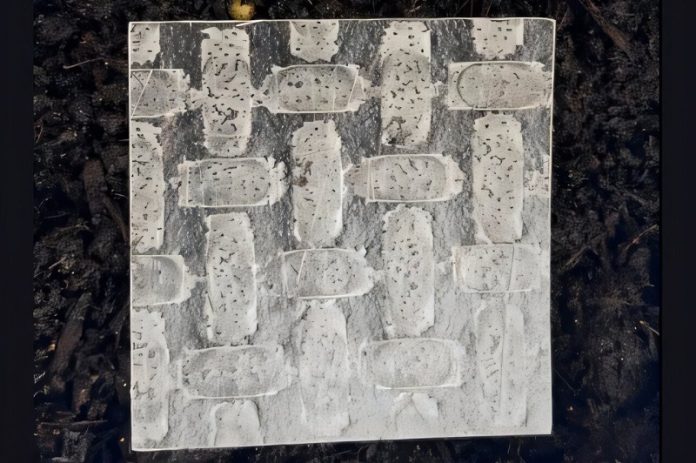
Scientists from the University of Bristol have found an exciting new use for a surprising material: rice paper.
Yes, the same kind used to wrap Vietnamese spring rolls. It turns out rice paper is not only edible and biodegradable—it also works really well in building soft robots.
Soft robots are different from traditional robots. Instead of hard metal parts, they are made with soft, flexible materials that can bend and move more like living things.
This makes them useful in delicate tasks, like exploring natural environments, handling fragile objects, or even helping in medical procedures. Usually, these robots are made from silicone, which works well but creates waste that doesn’t break down easily.
The Bristol team, led by scientist Christine Braganza, wanted to find a safer, cheaper, and more eco-friendly alternative.
So, they tested rice paper—made from rice and cassava root—to see how it compares to silicone. They measured how strong and flexible it is and how long it takes to break down in the environment. The results were impressive.
The researchers discovered that rice paper has mechanical properties similar to silicone, meaning it bends and stretches in a similar way. But unlike silicone, rice paper is non-toxic and fully biodegradable.
It breaks down in just 32 days—without needing special conditions like high temperatures or extra moisture.
This makes it a perfect choice for making one-time-use robots or prototypes without leaving behind harmful waste.
Because rice paper is so safe and easy to use, it opens up soft robotics to a wider audience. Students, hobbyists, or anyone curious about robots can now experiment at home using simple and sustainable materials. It could also help reduce the environmental impact of scientific research and education.
The team’s next big goal is to build a fully biodegradable soft robot that can move on its own. They’re working on creating a compostable energy source and control system to power it.
One of the potential uses for this type of robot could be planting seeds in hard-to-reach places, helping support reforestation and agriculture without damaging the environment.
According to Braganza, this discovery brings soft robotics into the hands of the public in a sustainable way and opens up new possibilities for science and the environment.
Whether you’re a scientist, student, or just someone curious about robots, this breakthrough means you could build your own soft robot—one that helps the planet, not harms it.



